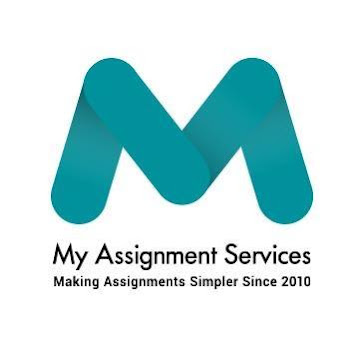3 Must Know Effects of Leadership Style on Employee’s Performance!!!
Hardly anyone is there who is not familiar with the term “leadership”. But yes, if you are a student, there is no doubt that you are far away from this word. Also, if you have a task of writing on this topic, it is great to take management assignment help on this. But I strongly recommend reading this blog. Here, let’s discuss the effects (whether positive or negative) of leadership that every manager or to-be manager must know!!!
Business leaders significantly influence employee performance. However, motivating employees to deliver high-quality performance by managing their responsibilities can be challenging.
In spite of the fact that leaders are the decision makers and are responsible for the team's success or failure, they are also responsible for fostering a pleasant environment and resolving challenging issues.
3 Different Types of Leadership Styles with their Effects on Employee’s Performance
Students are usually unaware of the practical world and business leaders' ongoing challenges. So, to make them more practically oriented, professors give them multiple assignments to build capacity to enhance skills in their inner selves and be ready for the future. They can also mention different leadership styles with the help of an online management assignment helper.
Autocratic Leadership Style
Meaning
This leadership style typically removes any barriers between managers and staff. Additionally, this approach concentrates authority on one person for making decisions. In this style, employees need to obey orders and make decisions swiftly.
Effect on Employees
From this approach, researchers claim that there will be a rise in employees' short-term performance. Researchers found that authoritarian CEOs are better at finding answers to complex business problems when teams of new hires.
Students who want to know more about this leadership style can take the management assignment help from experts.
Democratic Approach
Meaning
In this leadership style, leaders ask the employees to participate in the decision-making process and collectively make decisions. Based on the consultation with employees, the leader takes the final decision. Also, this style is often called a consultative leadership style.
Effect on Employees
Both immediately and over time, the democratic method worked well. Researchers, as well as management assignment help experts, state that asking team members for comments resulted in a feedback loop that increased morale and productivity.
Participative Approach
Meaning
In this leadership style, every team member contributes equally to the decision-making process. Also, in this style, the leaders assign the work to the team members based on their skills and expertise.
Effect on Employees
As per the online management assignment helper, the participative leadership style had a good impact on employee performance but was less effective in the near term than it was in the long run.
Why does Winning Employee's Trust be Important for a Leader?
“According to a 2017 study, there is a strong correlation between trust and employee behaviours that improve performance, such as a predisposition to remain with a company over time.”
From the above, it is clear that there is a more likely chance for team success if the team members have trust in their leaders.
One of the best methods to improve performance may be to foster trust among your staff. In actuality, only 37% of workers believe they have faith in their managers.
Well, according to the professionals providing management assignment help, leaders can get the respect of their staff by:
- Always be truthful.
- Carrying out commitments.
- Obtaining the opinions and concerns of employees.
- Encouraging a positive workplace atmosphere.
Short Summary of these Takeaways
In this blog, management assignment help Canada experts were trying to say:
- When immediate judgments must be made, an authoritative approach can be helpful.
- When innovative problem-solving abilities are required to move forward, a democratic or consultative approach may be helpful.
- When managing a group of seasoned professionals and capable team members, a participative approach might be helpful.
- Employee engagement and trust go hand in hand, and empowered employees are more likely to take the initiative independently.

Comments
Post a Comment